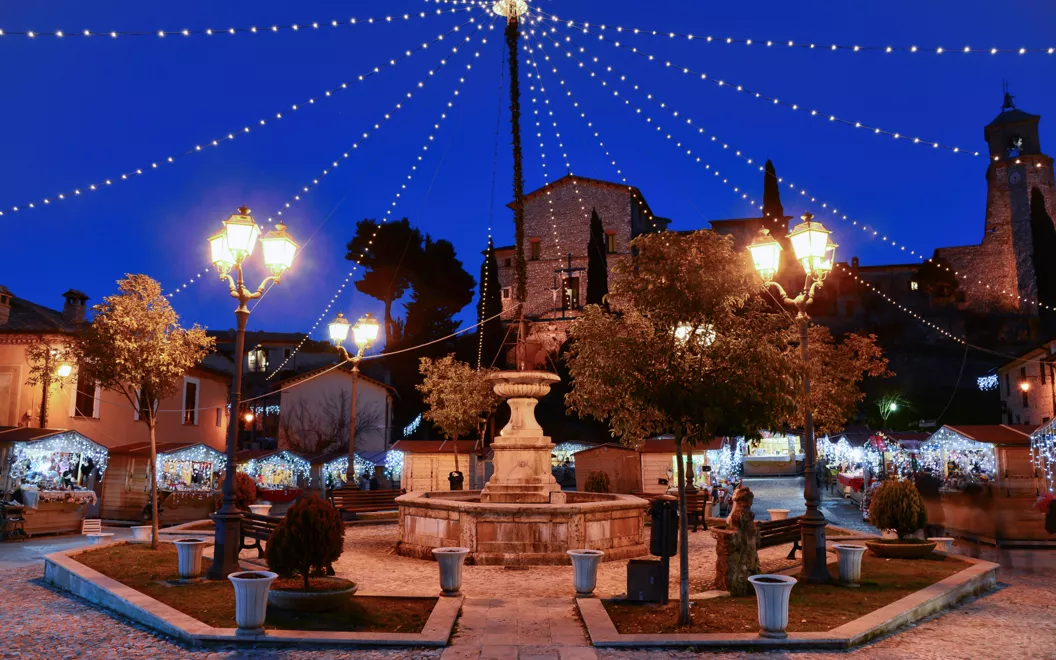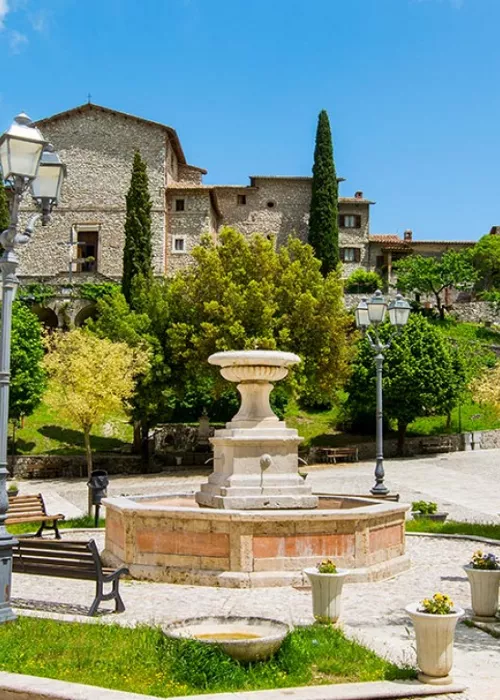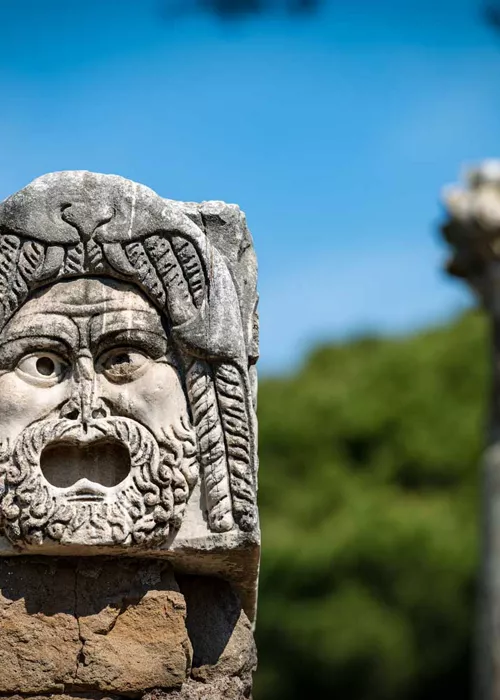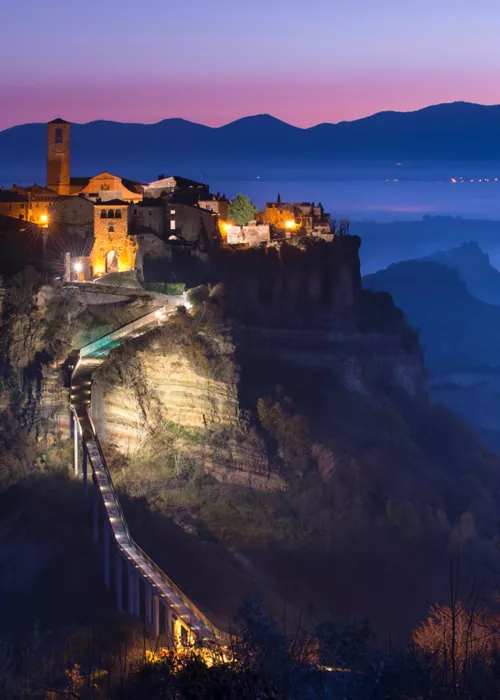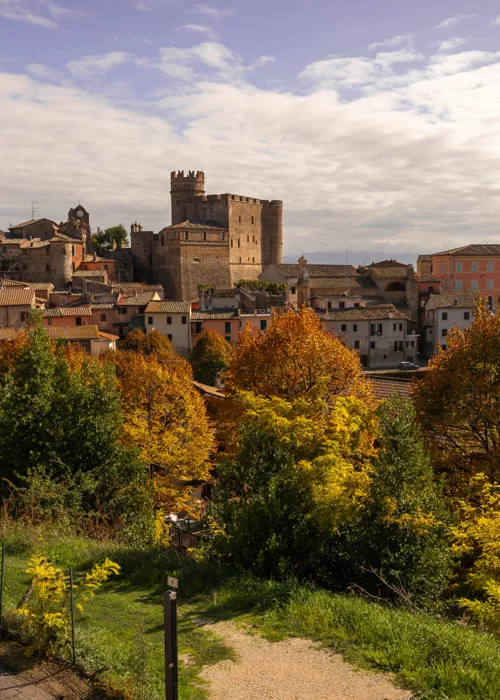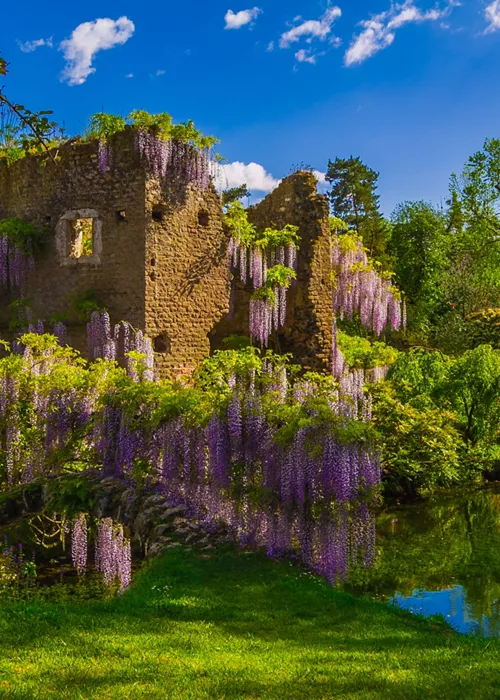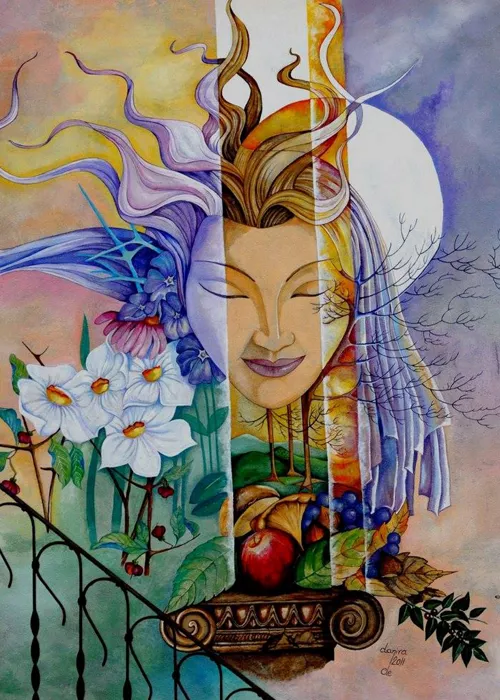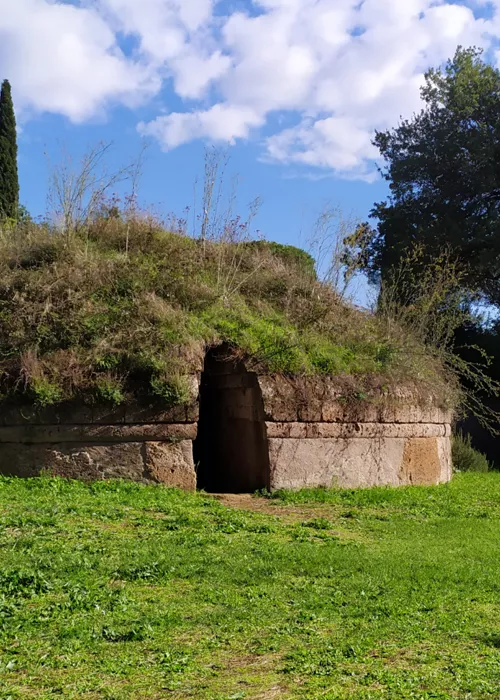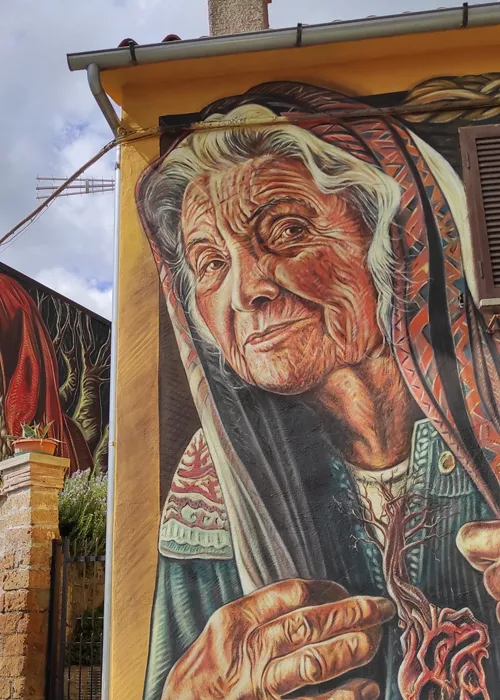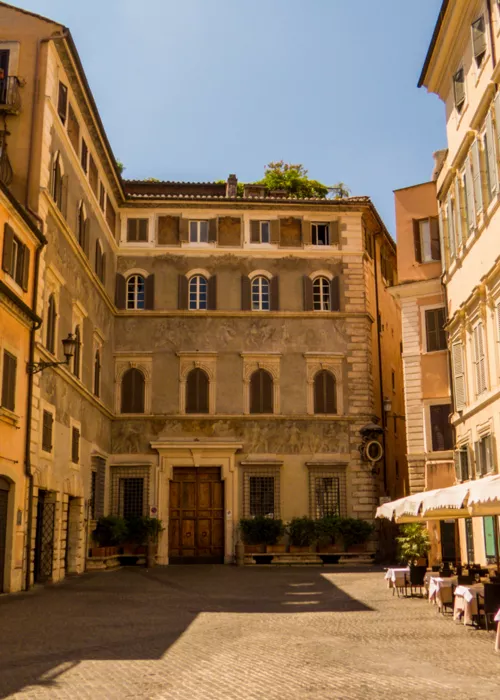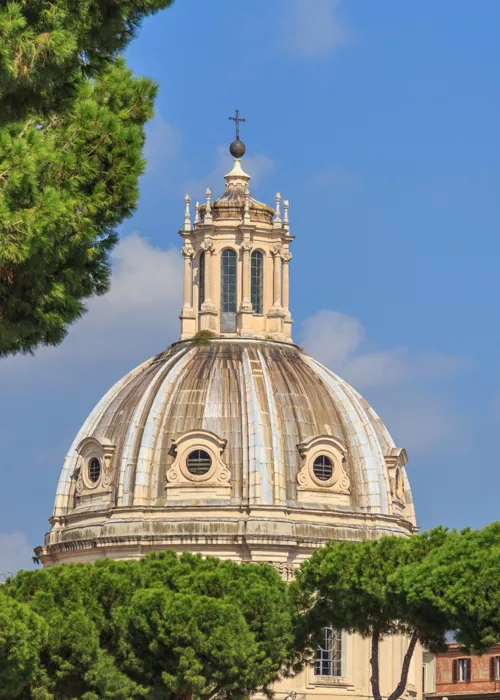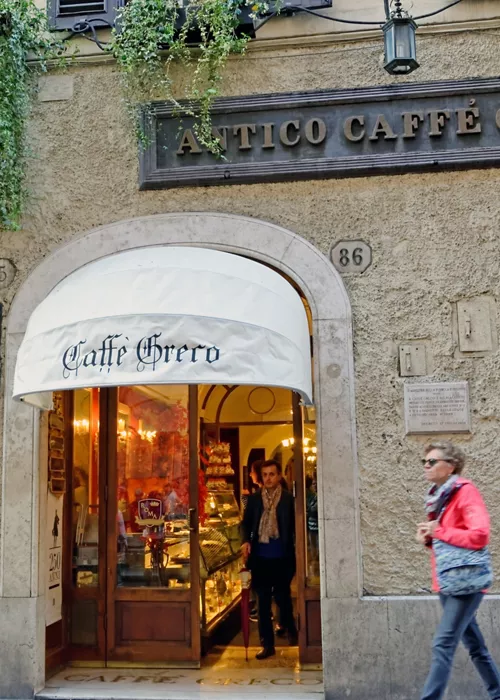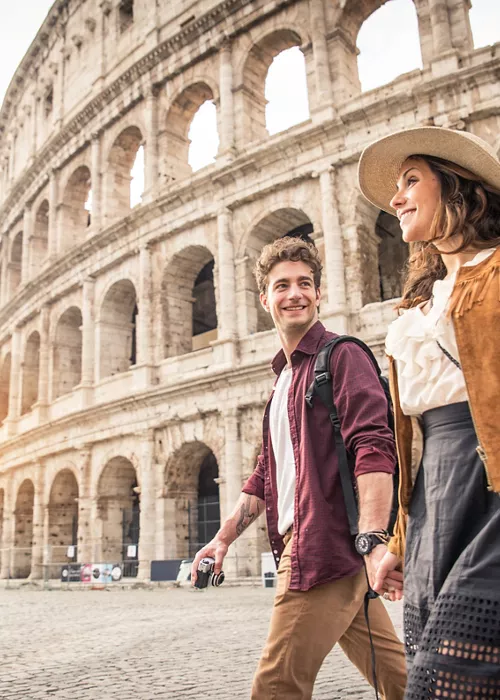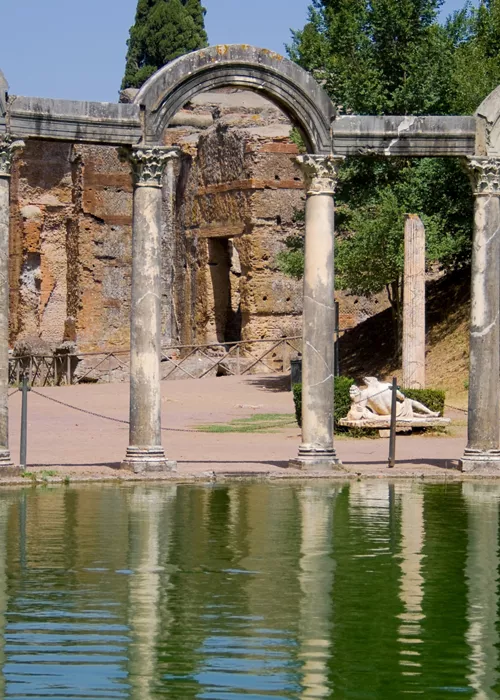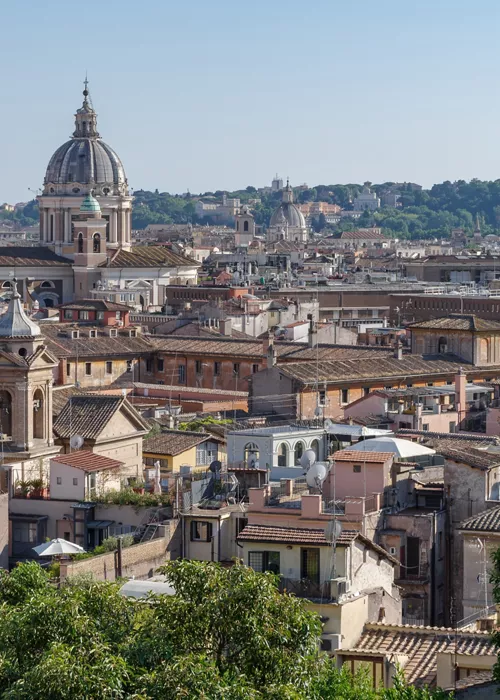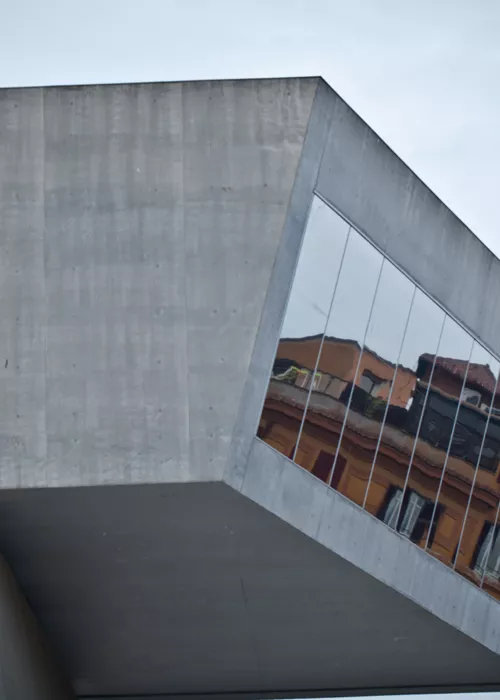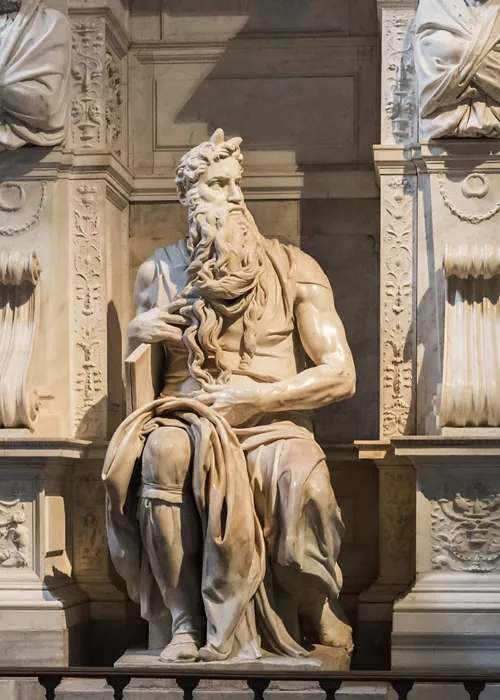Greccio is one of the most beautiful villages in Italy: here are 5 good reasons to pay a visit
3 minutes
Its enchanting location, a glorious past and a historical centre that preserves unmissable monuments are just some of the reasons that make it unique.
A delightful little place in the Lazio region, in the province of Rieti, Greccio is magnificent in any season, but with the approach of the Christmas festivities it takes on a special kind of charm.
Visiting Greccio offers an incomparable spectacle, while not neglecting the pleasures of the palate, thanks to the warm and sumptuous cuisine of the Sabina area. Here are all the reasons why the village of Greccio is a must-see location.
The world's first living nativity scene was created in Greccio

When St Francis of Assisi first came to Greccio in 1209, he was amazed by the poetic beauty of the village, a place that invites recollection and intimate contact with nature. He visited it again after his journey to Palestine and, finding similarities with Bethlehem, wanted to depict the Nativity in a cave where he asked for a manger to be built and an ox and a donkey to be brought in. Legend has it that during the Holy Mass, the infant boy made a miraculous appearance, and the saint took him in his arms. It was the night of 24 December 1223, a date that marked the birth of the first living nativity scene in history and triggered a tradition that has continued to this day in various places throughout Italy.
The 24th December Greccio nativity scene event is truly evocative, and the re-enactment is repeated until the end of the Christmas festivities in January. There are six living tableaux in a magical setting. The actors wear hand-sewn period clothes from the Teatro dell'Opera in Rome, and recite texts on the life and sermons of the Saint.
So that you don't miss out on any part of this animated fresco, a map with the locations and dates of the living nativity scene can be found at the Pro Loco. Visitors are also provided with seats in heated marquees.
Greccio is home to one of Italy's holiest shrines
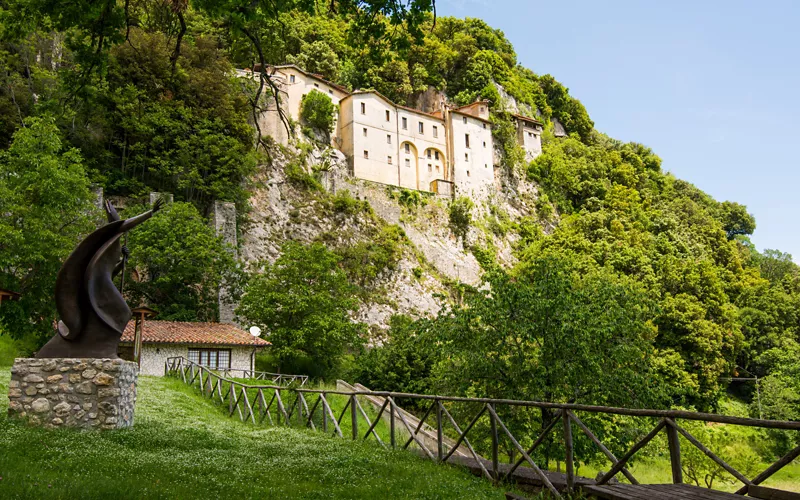
Continue your journey in the footsteps of Saint Francis by visiting the Sanctuary of Greccio, set in the rock and surrounded by unspoilt nature. You will need to follow the paths and climb stone steps to reach this sacred place, perched above the Conca Reatina.
The original nucleus is the Chapel of the Nativity, where the Nativity was first depicted, which you will see narrated in precious 14th-century frescoes by painters of the school of Giotto. Then the tour continues in the modern church, in the refectory and dormitory where the Saint rested on the rock, then in the grotto that once contained the bodies of the friars.
A stroll through one of the best-preserved historical centres in Italy

Walking through the streets of Greccio, you will be under the impression that you are in a nativity scene. Its origins are Greek, hence the name, but today it has a fascinating and beautifully-preserved mediaeval layout, with the ruins of the castle and its towers, the ups and downs between the alleys, and splendid churches such as that of San Michele Arcangelo.
During the Christmas period, Greccio also offers Christmas markets. To continue immersing yourself in traditional culture, head to the Greccio International Crib Museum where you will enjoy an evocative experience of contemporary art and scenery. Indeed, the view of the valley from here is truly majestic.
A village in Lazio enveloped by exuberant nature
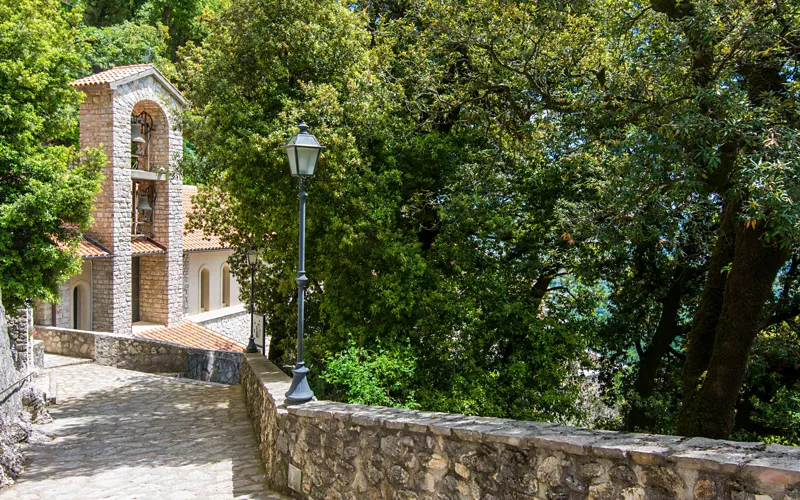
Greccio is located at an altitude of 700 metres above sea level, and is surrounded by forest and holm oak woods. Take a stroll along the many paths from here towards the Rieti Valley, also known as the Sacred Valley.
Explore the four Franciscan Sanctuaries on foot, on a route of 90 kilometres in total, with various levels of difficulty. The Saint Francis Walk is a spiritual pilgrimage or, more secularly, a hike where peace reigns over the magnificent green scenery.
Greccio has a fine gastronomic tradition
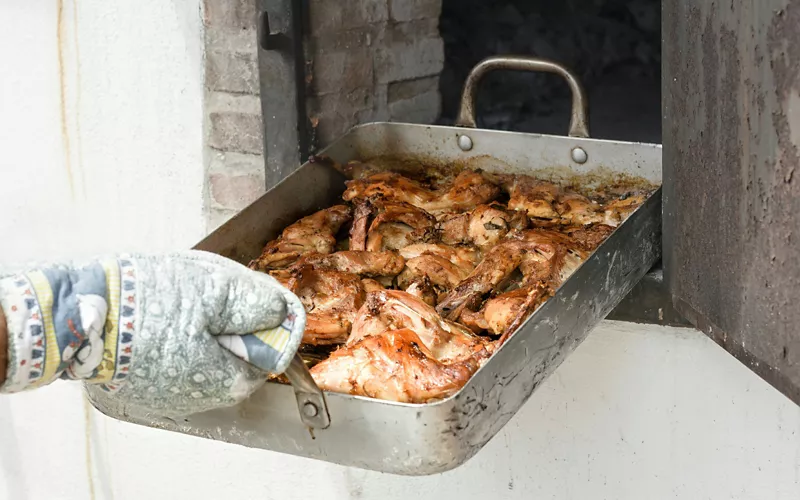
If you are wondering where to eat in Greccio, you can pick from the taverns in the village to savour the delights of Sabine cuisine. Mushrooms and truffles make handmade tagliatelle irresistible, and there are meat cannelloni and main courses based on game, salami and porchetta.
Traditional desserts include dry cakes with walnuts, gingerbread and wine doughnuts. Flavours that are truly unforgettable.

